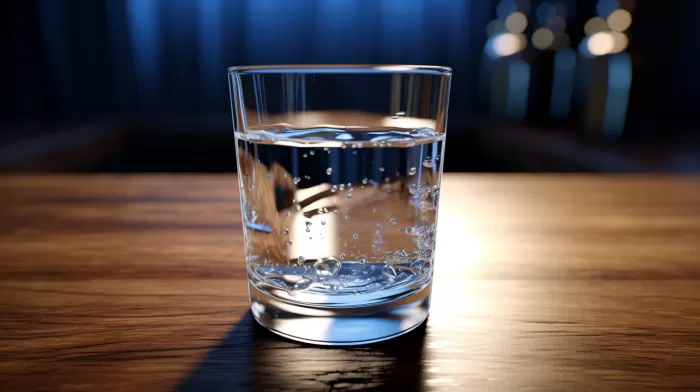If you’re still relying on unfiltered tap water to stay hydrated, you may want to reconsider. That’s because there’s a strong chance you’re consuming more than a sip of cancer-causing chemicals with every drink you take. Back in 2009, a report by the nonprofit environmental research organization, The Environmental Working Group, showed that U.S. tap water contains 316 contaminants, including industrial solvents, arsenic, weed killers, refrigerants, and a chemical used to make rocket fuel known as perchlorate.
It gets worse; a study released jointly by Harvard’s School of Public Health and Engineering found that 6 million Americans are drinking tap water containing unsafe levels of two additional dangerous chemicals linked to cancer. These toxic chemicals are polyfluoroalkyl and perfluoroalkyl substances. They’ve been used for over six decades in creating commonplace items like food wrappers, clothing, furniture, mattresses, pots, and pans.
The only problem is this: they’ve also been linked to severe health problems like hormone disruption, high cholesterol, obesity, and of course, cancer. The good news is that due to their impact on human health, many manufacturers have stopped using these chemicals. However, they have lingered in the environment, and now people are primarily exposed to them through drinking water.
Widespread Contamination
As mentioned earlier, at least 6 million Americans have tap water that contains unsafe levels of these chemicals. Currently, there is no governmental data available on the levels of these chemicals in the tap water of 100 million more Americans.
One thing is for sure: high levels of these chemicals in your water are detrimental to your cancer-risk. They’ve been linked to an increased risk of kidney and testicular cancer in humans and have been shown to lead to the development of testicular, pancreatic, and liver cancers in animals. That’s why the EPA has set a limit for their safe consumption.
For two of these chemicals, perfluorooctanesulfonic acid (PFOS) and perfluorooctanoic acid (PFOA), the EPA’s safety limit is 70 parts per trillion (ng/L). But Harvard researchers found that in some places, the levels of these chemicals in drinking water were significantly higher – like the 349 ng/L levels of PFOA in Warminster, Pennsylvania’s drinking water and the 1,800 ng/L levels of PFOS in Newark, Delaware’s drinking water.
If you call either of those places home, those levels are difficult to ignore. But even if you’re not from Pennsylvania or Delaware, your tap water’s not exactly safe. These chemicals were found at unsafe levels in the drinking water of 33 states total. But 13 states were more likely to have them in their water than others: California, New Jersey, North Carolina, Alabama, Florida, Pennsylvania, Ohio, New York, Georgia, Minnesota, Arizona, Massachusetts, and Illinois.
The highest levels of these chemicals were found in water supplies nearest industrial sites, military bases, and wastewater treatment plants.
What Can You Do to Protect Yourself?
So, if you’re from any of these high-risk states, or if you live near one of the chemical-prone water supplies listed above, it’s high time to invest in a water filter. Activated carbon adsorption, ion exchange, and high-pressure membrane filtration systems are currently considered the most effective when it comes to filtering out polyfluoroalkyl and perfluoroalkyl substances. They’re not cheap, but they’re a worthy investment if they keep you healthy and cancer-free.
Cleansing is also a good practice to help rid your body of toxins that have accumulated over time. To get started, try any of these five internal cleanses. Of course, for the water cleanse, be mindful of avoiding tap water.
Overall, it’s essential to be aware of the water you’re consuming daily. Invest in a high-quality filter, and make it a habit to cleanse your body regularly. Health is wealth, and you don’t want to risk your well-being to cancer-causing chemicals in your tap water.



